
Climate
10:51, 30-May-2019
Climate change killing off Bering Sea puffins, say scientists
CGTN
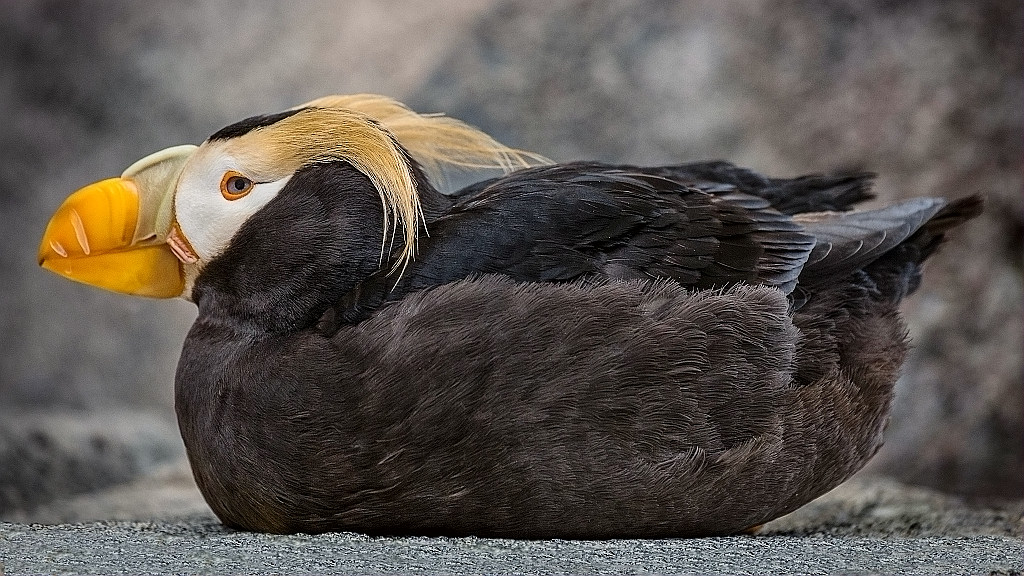
When an unusually large number of puffin carcasses began to wash ashore on Alaska's remote St. Paul Island in the fall of 2016, the local tribal population grew alarmed.
At first, they suspected the seabirds might have avian flu - but labs on the mainland soon ruled out any disease, finding that the seabirds known for their brightly-colored beaks and thick tufts had instead starved to death.
In a new study published Wednesday researchers concluded the deaths, which occurred between October 2016 and February 2017, ran into the thousands - and were part of a growing number of mass die-offs recorded as climate change wreaks havoc on marine ecosystems.
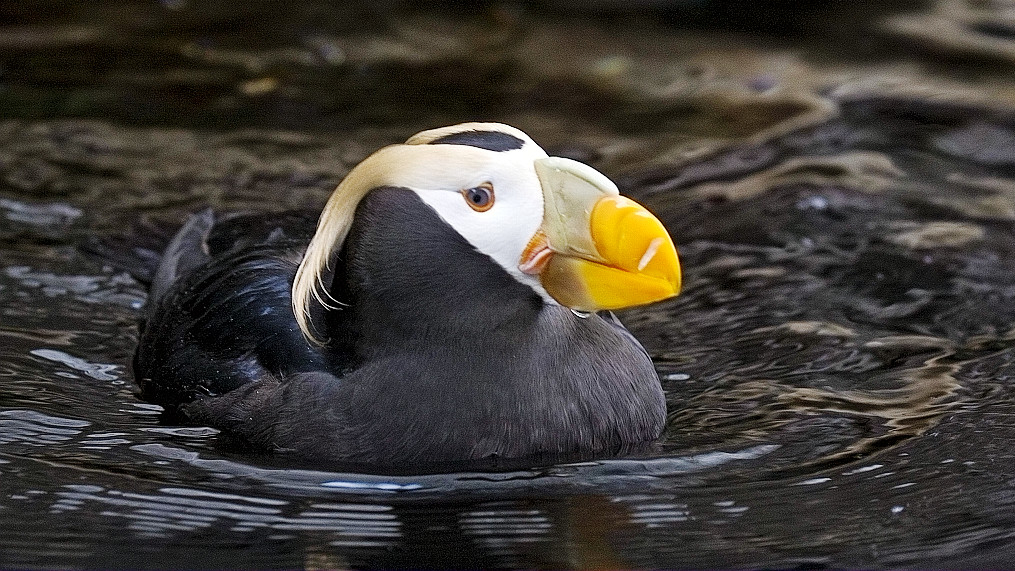
Tufted puffin. /VCG Photo
Tufted puffin. /VCG Photo
The paper, which appeared in the journal PLOS ONE, found that although locals recovered only 350 carcasses, between 3,150 and 8,500 birds may have succumbed to starvation.
The majority were tufted puffins, and the remainder were crested auklets.
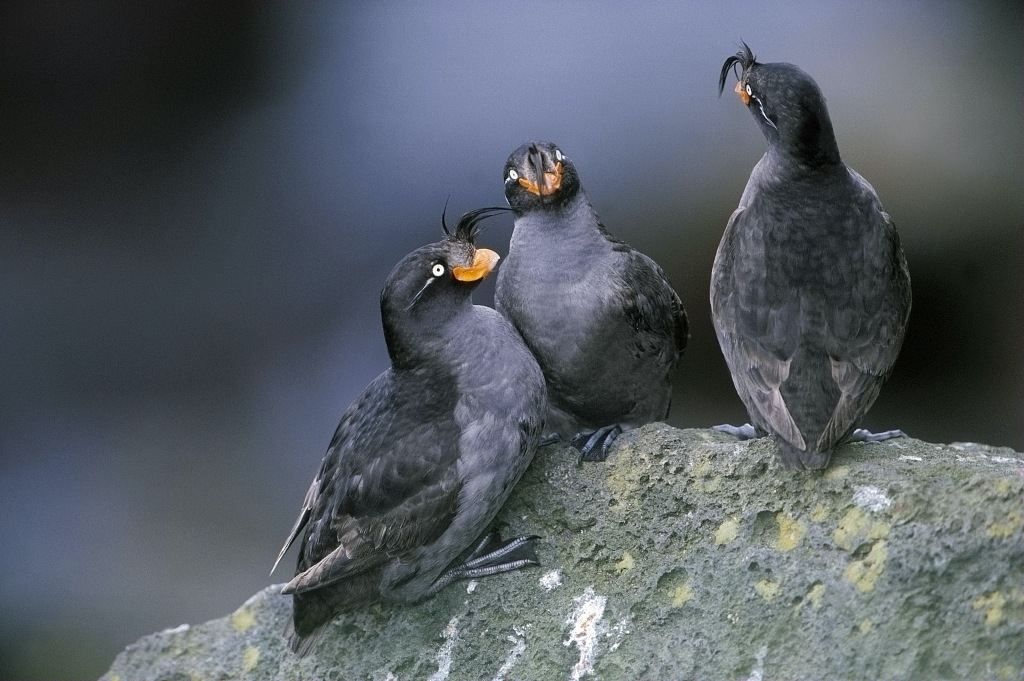
Three crested auklets. /VCG Photo
Three crested auklets. /VCG Photo
The research team, which included scientists from the University of Washington and the Aleut Community of St. Paul Island Ecosystem Conservation Office, said that from 2014 increased atmospheric temperatures and decreased winter sea ice led to declines in energy-rich prey species in the Bering Sea.
Tufted puffins breeding in the Bering Sea feed on small fish and marine invertebrates, which in turn eat ocean plankton.
"There was no fat there, the musculature was literally disintegrating," co-author Julia Parrish said of the birds, which washed up on the island, some 300 miles (480 kilometers) east of the mainland.
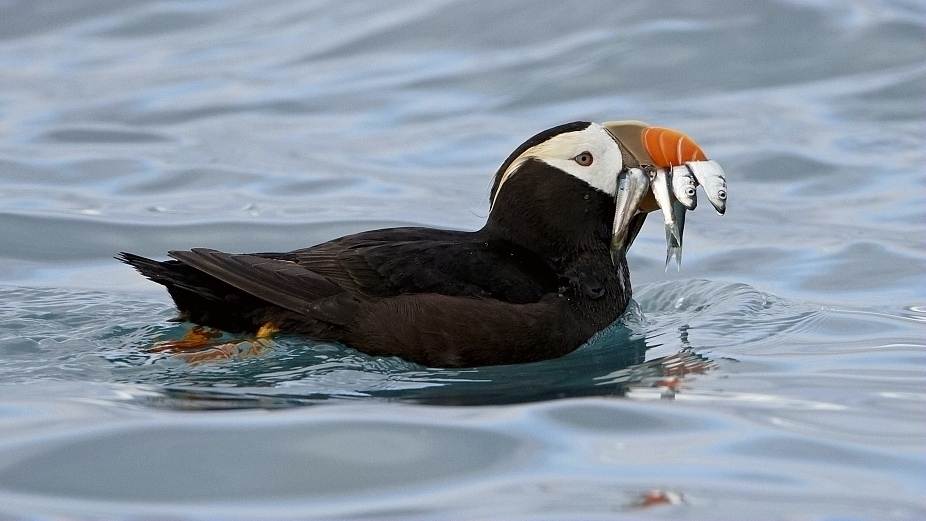
A tufted puffin carrying fish. /VCG Photo
A tufted puffin carrying fish. /VCG Photo
According to scientists, Alaska as a whole has been warming twice as fast as the global average, with temperatures earlier this year shattering records.
"The puffins are one among several signals recorded that connect the physics of the system - how cold or warm it is - to the biology of the system," she told AFP.
"They just happen to be a very visible, graphic signal because it's really hard to avoid hundreds or thousands of birds dying and washing up at your feet."

Tufted puffin. /VCG Photo
Tufted puffin. /VCG Photo
'Ran out of gas'
The researchers also realized that most of the dead birds had begun molting, the process by which they lose their feathers and gain new plumage. During this time, their ability to dive and hunt for food is diminished.
By the time they began molting, the birds should already have migrated to resource-rich waters to the west and south. The energy-intense nature of the transformation appears to have contributed to their starving.
"So all of those things indicated that they did not have enough to eat, they were late in migrating, they literally ran out of gas," said Parrish.
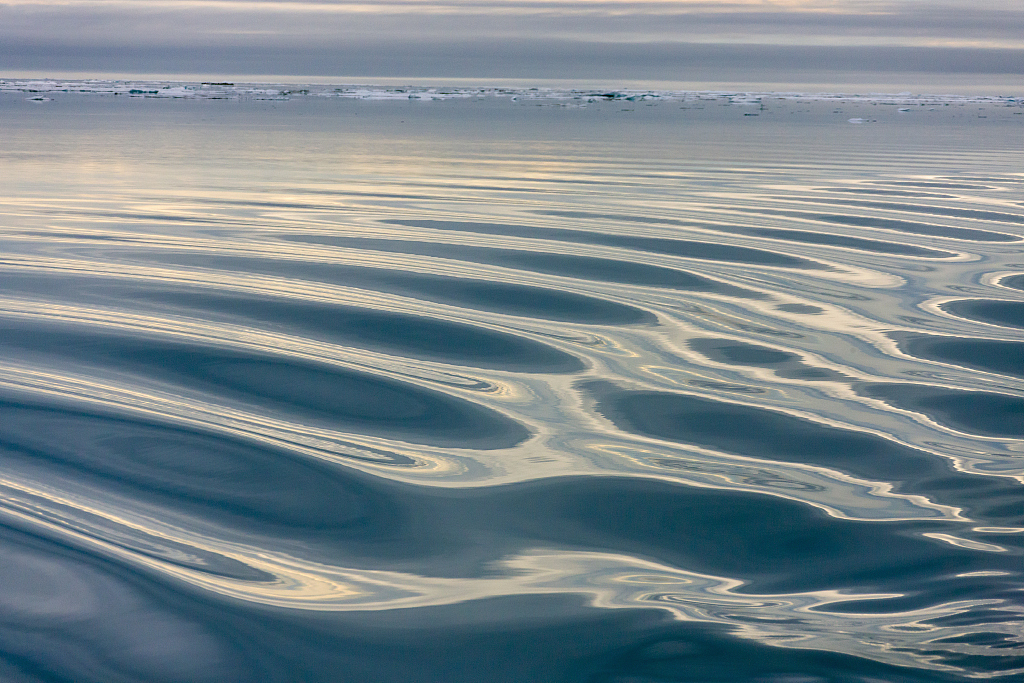
Ripples of Bering Sea. /VCG Photo
Ripples of Bering Sea. /VCG Photo
The paper noted "multi-year stanzas of warm conditions," such as those seen from 2001 to 2005 and 2014 to the present, may be particularly detrimental to seabirds, whose future viability will depend on their resilience to these changes.
"I'm tremendously worried," said Parrish. "If I had only seen this puffin die-off, I might be a bit more circumspect, but this is one of about six die-offs since about 2014, 15" that collectively account for the deaths of millions of birds.
"Not just the Bering Sea, the whole north Pacific is changing," she added. "I think the ecosystem is screaming at us and we ignore it at our peril."
(Cover image via VCG.)
(If you want to contribute and have specific expertise, please contact us at nature@cgtn.com.)
Source(s): AFP

SITEMAP
Copyright © 2018 CGTN. Beijing ICP prepared NO.16065310-3
Copyright © 2018 CGTN. Beijing ICP prepared NO.16065310-3